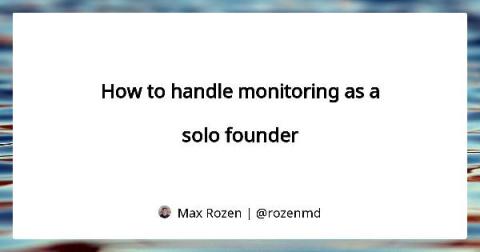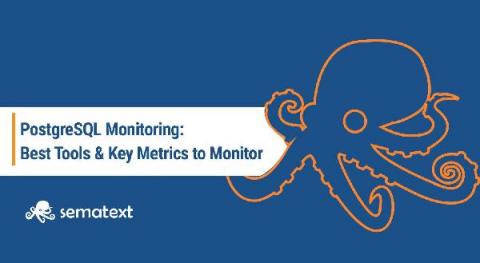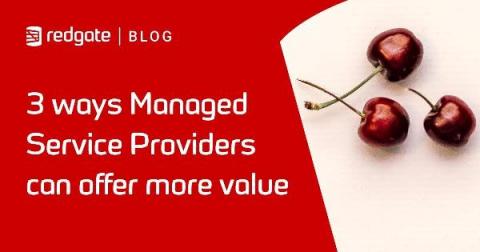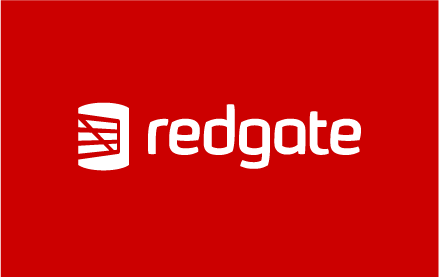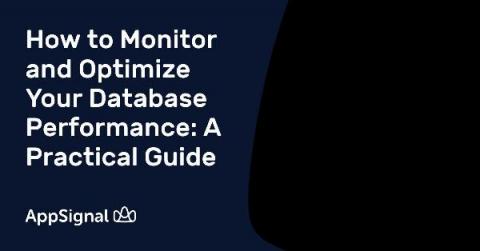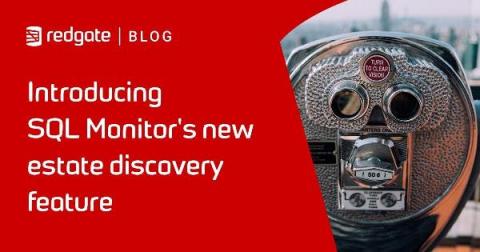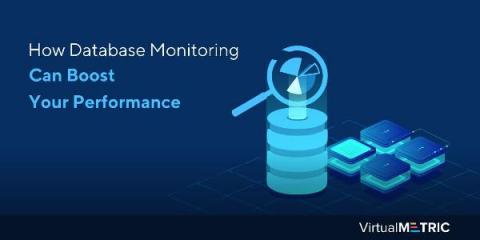Operations | Monitoring | ITSM | DevOps | Cloud
Latest News
Enabling Single Sign-On with SQL Monitor
Self-hosting vs Managed Services: Deciding how to host your database
Like all good things in infrastructure, picking whether or not to self-host your database is full of trade-offs. On the one hand, you have the absolute freedom to do whatever it is you want with your database - whether it's adding a useful Postgres extension, or experimenting with new technologies. On the other hand, you now have to dedicate resources to keeping your database reliably online.
PostgreSQL Monitoring: The Best Tools and Key Metrics to Help Improve Database Performance
PostgreSQL is a popular open-source, object-relational database. As with any other data storage solution, capturing metrics is crucial for making sure your database is reliable, available, and performing optimally. This will help you dig deeper into database performance problems, do performance tuning, optimize queries and indexes, and make partitioning decisions. But that’s not all. You’ll also be able to set up alerts and plan for failures or upgrades.
3 ways Managed Services Providers can offer more value
Migrating Between Monitoring Systems
How to Monitor and Optimize Your Database Performance: A Practical Guide
It’s important to be able to look at the entirety of your application architecture, not just specific aspects of it, and understand how different parts connect. Observability comes first, followed by monitoring. In this post, we’ll dive into the database part of your architecture to show how you can monitor and optimize your database performance.
Introducing SQL Monitor's new estate discovery feature
How Database Monitoring Can Boost Your Performance
Anyone who is responsible for database performance knows how demanding and challenging database performance tuning is when managing a database. One of the critical functions of this process – database monitoring – is often overlooked. Database monitoring includes identifying the right SQL for tuning, determining right way to tune and whether SQL is right thing to tune.




